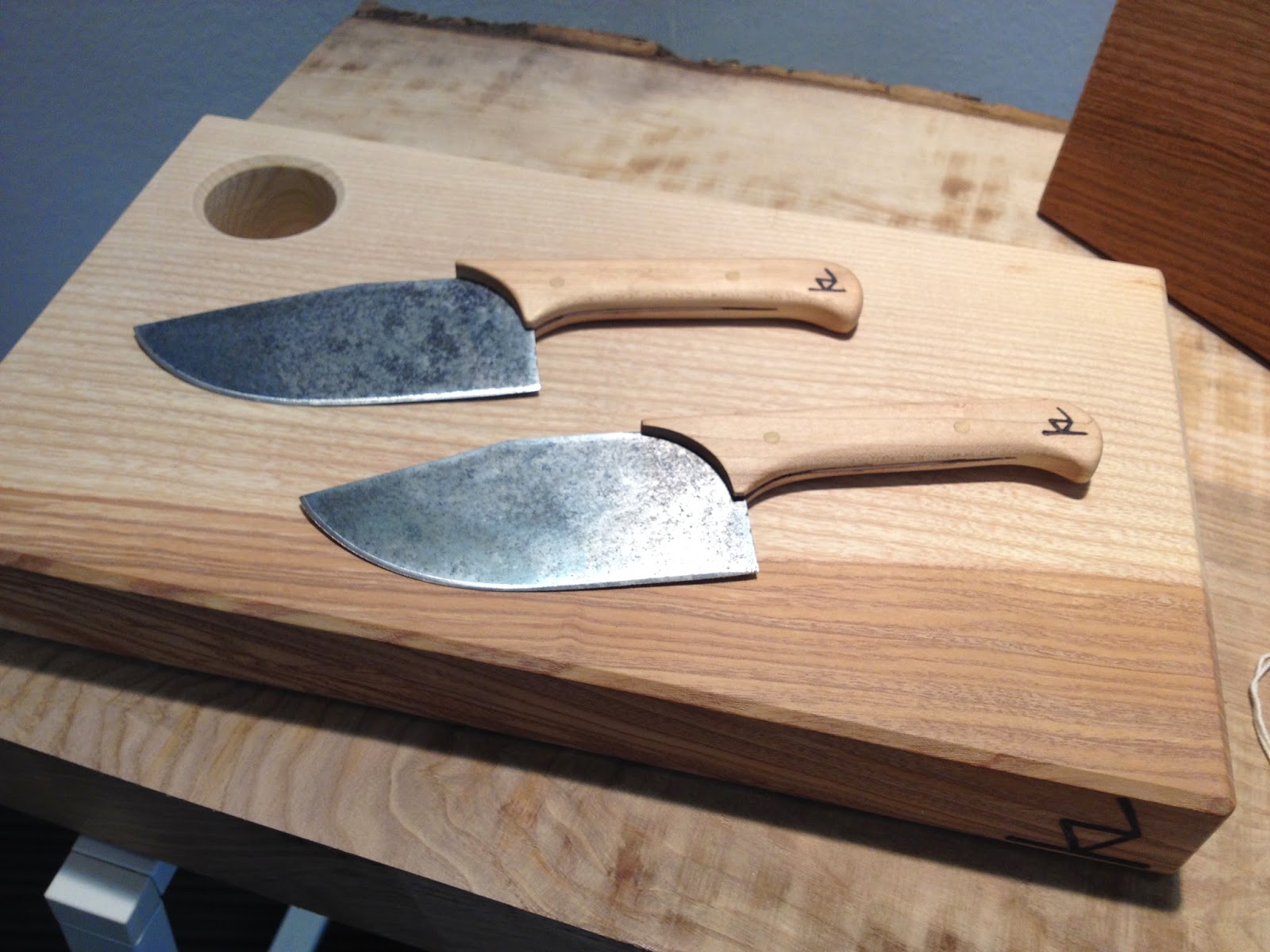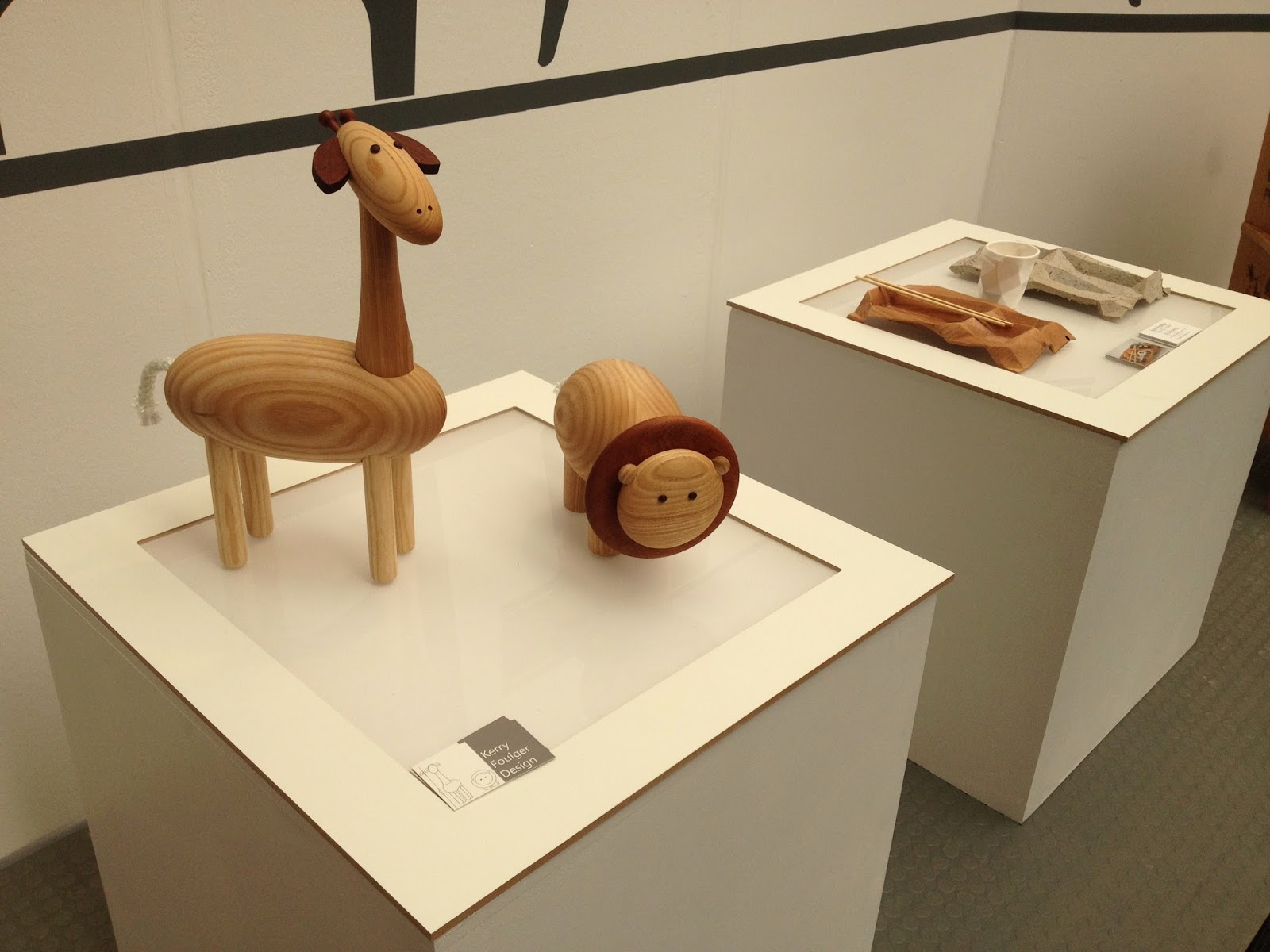Chapter
4 – Valve the company
Before
we see how Valve has contributed to the gaming industry, lets look at
how they work. Afterall, it is how they managed to continuously
bring out innovations that are interesting and, not what products
they have released. Valve is a company dealing in the games industry
but they can approach it in whichever way they think is most
valuable. In
their new employee handbook, the company is described with these
defining
features. These are what make Valve fundamentally different; and
through these differences, innovative experiences and solutions are
created.
- Valve is self-funding, no outside financing
- Valve owns its intellectual property
- Valve is more than a game company
- Flatland hierarchy
- 100% self-directed projects
- Desk with wheels
- Stack ranking (peer reviews)
- Advancement and personal growth
- Hiring T-shaped people
Firstly,
by trying not to restrict their employees, Valve has made an
environment called Flatland; meaning there is no management and there
is no boss. There are no stakeholders to appease, no licensing
worries, and development is not strictly within games. This
structure has made Valve into a unique environment to work in and
resulted in the release of Half-Life, Counter-Strike, Steam platform,
Steamworks, Source filmmaker, and most recently, the Steam machines.
These are not all games. People are free to decide on what to work
on, and where to utilise their skill set within the company. With
this, the “Desk with Wheels”(illustration 1) was invented rather
humorously to illustrate that people really are able to move.
Deciding what you believe will be most beneficial and what to work on
is more important. With no manager, desks are on wheels where
computers are attached, making moving is easy and not at all frowned
upon. Of course there should be coordination between groups, and
there's common sense to move at an appropriate point in time.
Everyone on a project is an individual contributor, doing whatever is
needed such as coding, artwork, level design, music and so on,
including the leads; there is no such thing as a pure management or
architect, or designer role. (Michael Abrash 2012)
- Of all the projects currently under way, what’s the most valuable thing I can be working on?
- Which project will have the highest direct impact on our customers? How much will the work I ship benefit them?
- Is Valve not doing something that it should be doing?
- What’s interesting? What’s rewarding? What leverages my individual strengths the most?
Secondly, T-shaped people (illlustration 2) are highly sought after. These are, people who have a broad set of skills and are also experts in a few other disciplines too. This is because generalists do not contribute much, and specialists are too focused to be useful. These are the most useful in a company like Valve. They need experts in a variety of functions to be flexible and able to innovate in different areas of the company. But they also need the have a margin, so that when needed, they can be called upon to help contribute to other projects that the individual is less specialized within. Valve is very sensitive to change and because of that, hiring the right right sort of people is vital. Flatland means that people are able to make bad decisions and steer the company into the wrong direction and make expensive mistakes. Instead of penalizing, valve looks at the lessons learnt from mistakes to enable them to move forward. “Screwing up is a great way to find out that your assumptions were wrong” (NEH), but as long as you update your model and not be afraid to collect more data and experiment, progression is made. There is a tremendous amount of trust that a lot of good decisions are made, where bad decisions make up for it. Employees are the most important assets to Valve.
Illustration 2: NEH:
Ideal hiring applicant
“There are a bunch of things, like the people
who are really talented often don't fit into rigid boxes. It's part
of why they're good. For example, Ken Birdwell was one of the first
people here and he has a bachelors in Fine Arts -- he's an artist --
and he also happens to be able to program really well. At any other
company he would be sort of forced to fit within an existing
structure but if you look at the class of problems he's able to solve
since he can animate, model, and program he's able to invent
solutions that other people can't.” (Gabe 2014)
Problem
solvers
So how has Valve, a company as an innovation
machine, been able to translate to a profit machine? After all, they
are not innovating just for the pure joy and philanthropy of it all.
How did they tackle the issue of piracy? What has the Source engine,
Steam platform, Source Filmmaker and Steam machines achieved?
Piracy has been rife in the gaming industry for
years, particularly in PC gaming. Accompanying piracy, Digital
Rights Management (DRM) has also been there as a deterrent.
Unfortunately, it has long since been a clear a losing battle as
almost all games are able to be pirated through all sorts of methods.
Serial numbers, limited installations, and online authentication
eventually gets bypassed in one way or another, often to detrimental
effect of the user experience. Console games have long since been
better at combating piracy with hardware requirements but even so
console piracy is prevalent. This issue has often been deciding
factors for many game developers to make only console games. But
with the additional costs of marketing, distribution and development
restrictions in making console games, this makes the games expensive.
Valve's solution was released in 2003, in the name of Steam.
Steam was a platform in which users were able
to browse, purchase and play games (illustration 3). It's a digital
distribution that keeps your games within a library and has
additional features such as friends list and in-game voice chat.
Steam is also DRM, because it will check your license when online,
and is restrictive. But there are a few key differences that make
Steam's DRM much more appealing. All purchases and authenticated
games can be added into your library of games and stored to your
account. It means that games purchased can be stored safely in your
account forever. There is assurance and confidence to this that
people do not get when purchasing console or even PC games. A
physical copy of PC games always had a stigma that it would require a
serial number to install and then if you had misplaced or lost the
CD, it was gone forever. PC games were often more 'disposable', as
many eventually lost interest and discarded the CD altogether. Then
a couple months along, the game would be uninstalled in favour of a
new game. This was entirely different to console games which were
seen as valuable physical items. Particularly when cartridge games
were unable to be pirated, in the early days of console gaming.
Notable examples are, the Sega Mega Drive and Gameboys in the early
1970s. The Steam platform has changed the experience of owning a
game.
Secondly, games have progressed into an area
where it has not become an isolated activity. Many games have since
tried integrating multiplayer experiences, but it is not until
recently that the internet has progressed games into social
interaction. Console games have previously only really ever allowed
less than ten players at a time without internet. Now, interaction
can happen with hundreds of other players. Phenomenology has always
been an interesting part of games, that is, the self-projected image
of one's self into the world. It is the feeling of being in the
world of the game; the immersion of one's self within the rules of
the game. People like to interact, chat, explore games together and
Steam is able to feed this desire to create a more connected
community of gamers. For example, Valve released Team Fortress and
Counterstrike in the years 1999 and 2000. Both series of games still
continue to today in 2014. It is the community and experience that
keeps people using this platform. The Steam community, even though
it had an unstable start, it is now a vast network encompassing a
variety of activities.
Being an online distribution platform, it is
able to integrate all the technological advances along with the
Digital Age. Games consist of only a portion of the whole economy
that Valve has created, because there is just as much time spent in
the games as outside of them. Steam can be a market place, a modding
community and also social media site. People are able to go on to
steam to voice chat, browse games, read forums, write reviews, and
interact. This goes for everyone: players, game developers,
publishers, modders and of course Valve employees too. It means that
games developers are able to gain feedback from gamers, and respond
appropriately with regular updates. Games which previously had
problems can be fixed and updated to your game quickly. The
introduction of this vibrant interaction which allows games to have a
longer shelf-life and can be evolved in little time is what gives
value to this service. The steam platform is beneficial for so many
users that piracy has become much less of an issue. One of the most
common excuses for downloading a pirated game no longer applies:
“Games cost too much”.
With the vibrant 7.1 million communities of
users in December 2013, the success is clear. People enjoy using the
service provided; developers are happy to use the Steam platform, and
piracy is brought to a minimum. And now, through the continued
response and feedback from the their community, the recent
introduction of filmmaker allows players to branch out into other
disciplines. Who knows what will be next, Steam consoles within
living room?
Illustration 3: Steam
platform interface
Conclusion
It seems then, that this account of innovation
has had a long history. Innovation has always been identified as a
way to become profitable, by Adam Smith, Ronald Coase, Ronald
Shumpter and Karl Marx. Firm thrive to be innovators, yet have
somehow become the blind to the value of creative minds. Instead,
leaders have become engrossed in an hierarchical system, only to reap
the benefits of the company. But it is in the Digital Age that has
finally shown that the invisible hand still holds true. It has been
clear; Gabe Newell witnessed the transition and grasped at the
opportunity by creating Valve; an environment where creative minds
can play and are shown to succeed in today's fierce competition.
Their Steam platform has rocked the gaming industry by combating
piracy effectively. But in the end, it appears that Valve's success
is not the innovation of creating new and interesting games, but
creating an environment suitable for gamers.
References:
http://www.valvesoftware.com/jobs/index.html
Bibliography:
Valve, New Employee's Handbook (2014)
Stickdorn/Shneider, This is service design
thinking (2013)
Bill Price/David Jaffe, The best service is no
service (2008)
Yanis Varoufakis, blogs.valvesoftware.com
(2012)
Mike Abrash, blogs.valvesoftware.com (2012)














